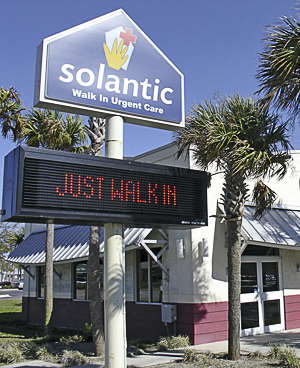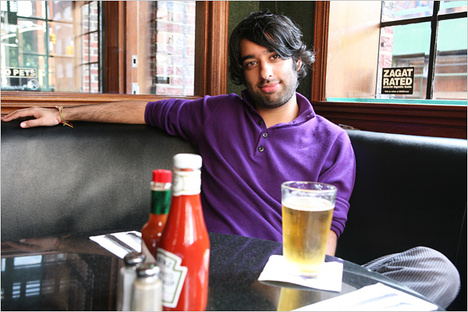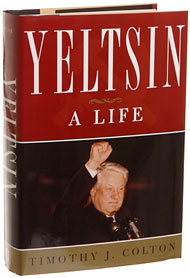(p. D4) ATLANTA — The average time that hospital emergency-room patients wait to see a doctor has grown to almost an hour from about 38 minutes over the past decade, according to new federal statistics released Wednesday.
The increase is due to supply and demand, said Dr. Stephen Pitts, the lead author of the report by the U.S. Centers for Disease Control and Prevention.
“There are more people arriving at the ERs. And there are fewer ERs,” said Dr. Pitts, an associate professor of emergency medicine at Emory University.
The average time is based on a national survey of 362 hospital emergency departments.
Over all, about 119 million visits were made to U.S. emergency rooms in 2006, up from 90 million in 1996 — a 32% increase.
Meanwhile, the number of hospital emergency departments dropped to fewer than 4,600, from nearly 4,900, according to American Hospital Association statistics.
. . .
The amount of time a patient waited before seeing a physician in an ER has been rising steadily, from 38 minutes in 1997, to 47 minutes in 2004, to 56 minutes in 2006.
Dr. Pitts added that 56 minutes may be the average, but it’s not typical: The average was skewed to nearly an hour because of some very long waits.
. . .
“Millions more people each year are seeking emergency care, but emergency departments are continuing to close, often because so much care goes uncompensated,” Dr. Linda Lawrence, president of the American College of Emergency Physicians, said in a statement.
“This report is very troubling, because it shows that care is being delayed for everyone, including people in pain and with heart attacks.”
For the full story, see:
ASSOCIATED PRESS. Average ER Waiting Time Jumps to Nearly an Hour.” The Wall Street Journal (Thurs., August 7, 2008): D4.
(Note: eillipses added.)







